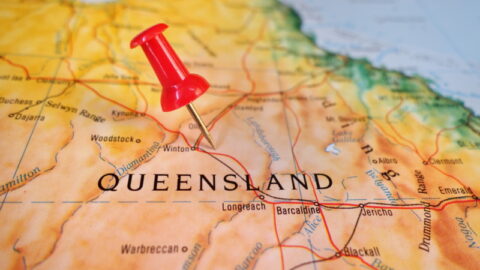As the country navigated extreme weather events and the ongoing effects of the pandemic, 2021 saw Australia set the agenda for its energy future.
Federal and state governments locked in climate change strategies in the lead up to and in the wake of COP26, while continued investments in the hydrogen industry, big batteries and renewables resulted in huge project milestones.
Here, we look back at five of 2021’s most read news stories.
In March, Eco Energy World (EEW) announced a major project that is set to position Australia as a world leader in the development of green hydrogen.
The group proposed to combine a planned 300MW solar farm in Raglan, Queensland, with a 200MW hydrogen plant which will produce 33,000 tonnes of green hydrogen per year using electrolyser technology.
In May, Genex Power reached financial close on its $777 million Kidston Stage 2 pumped hydro energy storage (PHES) project, marking the start of construction.
The project will be the first pumped hydro plant to be built in Australia since 1984, and the first to be used specifically to support the integration of variable renewable energy generation from solar and wind.
Gladstone’s proposed hydrogen plant hit a milestone ahead of schedule in March of 2021, following the procurement of the plant’s 175kW electrolyser.
The Queensland Government has invested $1.7 million into the project, which will be the first in Australia to blend renewable hydrogen into a gas network for customers.
In April, AGL Managing Director and CEO, Brett Redman, announced his resignation after almost 15 years at the company.
Mr Redman advised the board that he could not make a long-term commitment beyond the proposed structural separation announced on 30 March 2021, and the board agreed it was appropriate to put alternative leadership arrangements in place.
Federal Government promised more investment from the 2021-22 Federal Budget, handed down in May, to unlock gas sources and drive down prices as part of a gas-fired pandemic recovery plan.
In total, more than $1.8 billion has been allocated for the energy sector, with $58.6 million for the gas sector and $1.2 billion going towards emissions reduction.
















